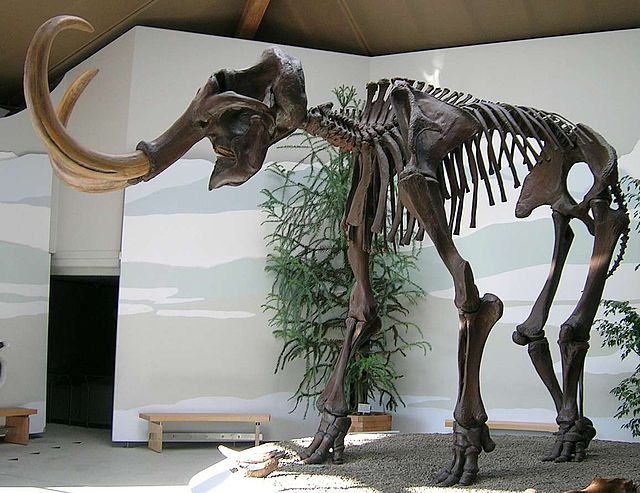Is Gene Editing Ethical?
March 16, 2023
Labs around the world have been conducting experiments to alter the genes of different species. This is called gene editing. The most widely used method of gene editing is CRISPR or Clustered Regularly Interspaced Short Palindromic Repeats. CRISPR basically edits genes by cutting DNA and then letting natural DNA repair processes take over. With this method, scientists have been able to speed up research for diseases such as cancer and mental illness. They’ve also been able to recreate the cells of some extinct animals. Some researchers want to someday attempt to bring back some extinct species’ using CRISPR. For example, in 2003, researchers successfully cloned a Pyrenean ibex, a type of goat that went extinct when the last living individual was killed by a falling tree. Sadly, the new-born died of a lung defect shortly after birth.
While on paper this sounds like it could be a good idea, if you stop to think about the details of it, it has a lot of flaws. For example, some researchers have the long-term goal of bringing back the woolly mammoth. If we were to bring the mammoth back, where would we put it? It would cost millions of dollars to create an enclosure that would be able to sustain it and the only other option is to release it into the wild. The woolly mammoth went extinct mostly due to the Earth becoming too warm and they couldn’t adapt quickly enough. The Earth has only gotten warmer since then, so if we revived the woolly mammoth there wouldn’t be anywhere on Earth where it could live comfortably. We’d pretty much be reviving it just for it to die a slow and painful death.
Bringing back extinct species, while an interesting idea on paper, would just be more trouble than it’s worth. As much as scientists want to recreate Jurassic Park, I just don’t think it’s a good idea.











